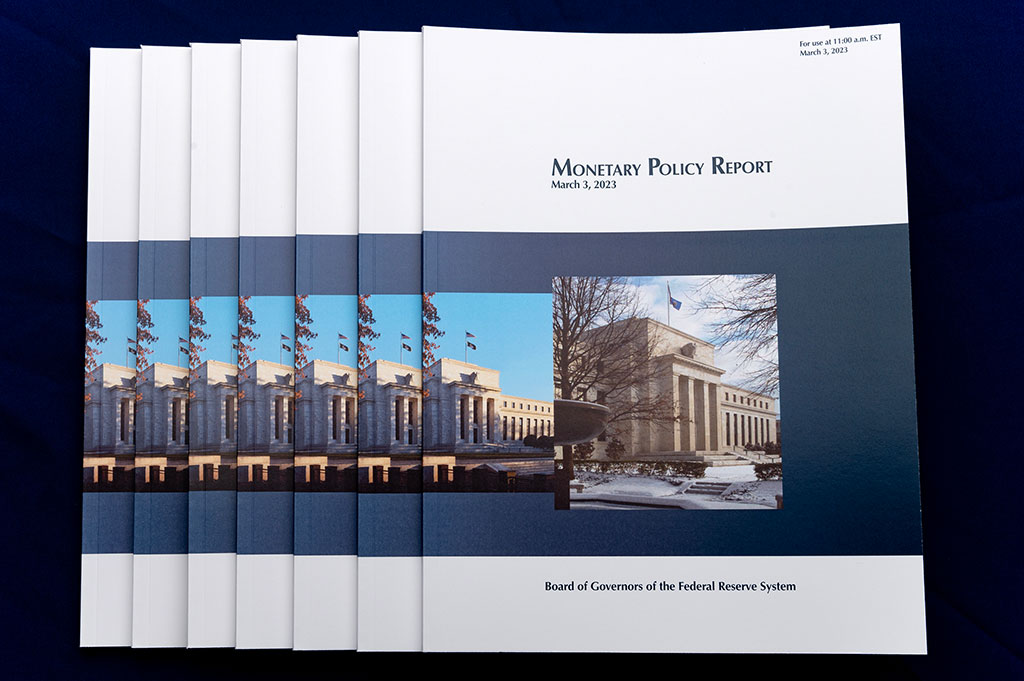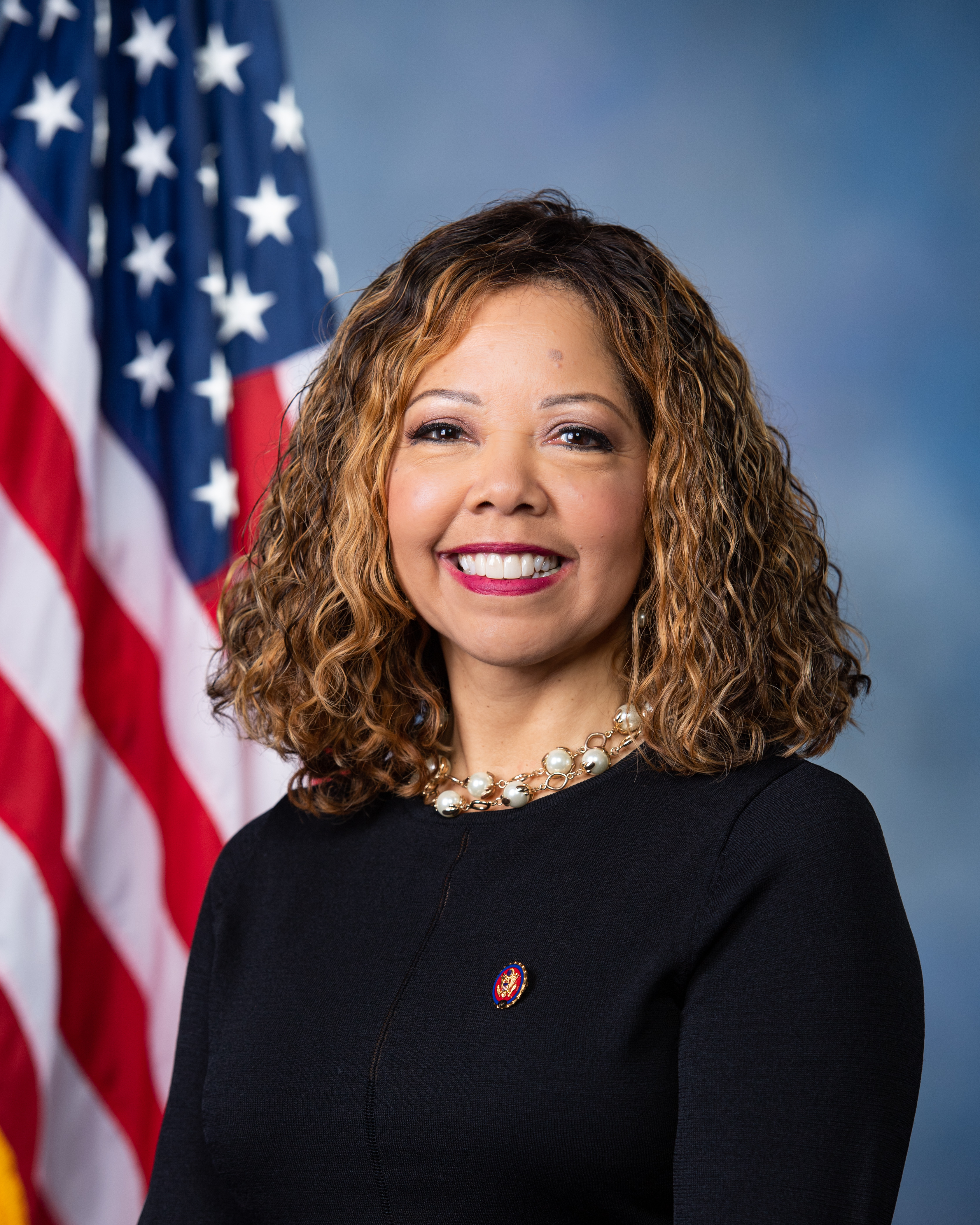Sightings
Jo Freeman: There’s Plenty To Do at the RNC – If You Have the Right Credentials
by Jo Freeman
Every national nominating convention has plenty of auxiliary events, some authorized, some not. Getting space can be a challenge; getting the word out even more so. But they do it nonetheless. Press were given a RNC 2024 Master Event Calendar, which was updated a few days later. Events began on Sunday and ended on Thursday. The actual convention sessions were just one item on the list. The calendar said if an event was Open or Closed to press, and also whom to contact to register. I’m going to describe some of the events, including a couple I went to, and a couple I was turned away from.
Since my focus is on women, I obviously wanted to go to those events – if I could.
The National Federation of Republican Women is the largest grassroots Republican women's organization in the country with hundreds of clubs. Founded in 1938, its members made the phone calls and knocked on the doors that elected Republican candidates for decades. It’s Tuesday luncheon featured Arkansas Governor Sarah Sanders. The Master Calendar said it was SOLD OUT and they wouldn’t let me in. I was able to get into their lounge at the Fiserv Forum Wednesday evening, where I was repeatedly asked if I was a member, and if not, would I join. “I’m press,” I said. “I can’t join anything partisan.” I then said: “What brings you here?” On hearing that, finding anyone willing to chat with me was like pulling teeth.
Moms for Liberty met in a concert hall that afternoon. I had pre-registered, and I got in. From high in a balcony seat I listened to several people talk about the evils of transgenderism. It’s webpage says WE BELIEVE Power Belongs to the People. Sound Familiar? With a focus is on parental rights, it wants to “STOP WOKE indoctrination.”
Tuesday I went to “The New Mavericks” reception co-hosted by the Black Republican Mayors Association and the Georgia Republican Party. They honored Sen. Tim Scott, four Congressmen and two Georgia delegates – all male. There was only one mayor on stage, from Aurora, IL. The chair of the Georgia Republican Party was the one white man on the stage. At that event, women served; they didn’t speak. The RNC reported that 55 delegates to the 2024 convention are Black, up from 18 in 2016.
I missed the Independent Women’s Forum toast to “Women Who Make Our Country Great” because I went to Convention Fest: The Official Delegate Experience, which was held in the streets outside the Fiserve Forum and Baird Hall as well as some space inside Baird. To get to that one you not only needed a credential of some sort, but a USSS pass (which I have).
Concerned Women for America parked its pink bus across from the Baird Center the week before the RNC. No one was home. When Convention Fest opened on Tuesday afternoon, they set up a pink tent, from which its leaders preached to whomever passed by. It calls itself “the nation’s largest public policy women’s organization” but its focus is evangelical Christian. The slogan on the side of its pink bus captures this emphasis: “She Prays, She Votes.” A prayer precedes each sermon.
 Jo Freeman Reviews: When the News Broke: Chicago 1968 and the Polarizing of America
Jo Freeman Reviews: When the News Broke: Chicago 1968 and the Polarizing of America
Jo Freeman Reviews: "In 1968, change was happening all over the world. In the US, mounting opposition to the war in Viet Nam and several burgeoning social movements all demanded attention. People representing many of these came to the 1968 Democratic Convention in Chicago in hopes of reaching the larger public with their message. Heather Hendershot writes about the news media – especially the three network TV companies – at the 1968 Democratic Convention in Chicago. What would the news networks cover?" more »
 Monetary Policy Report Prepared at the Federal Reserve Bank of Richmond, Expectations for Future Growth Were Mostly Unchanged
Monetary Policy Report Prepared at the Federal Reserve Bank of Richmond, Expectations for Future Growth Were Mostly Unchanged
Beige Book Reports: "Overall economic activity was little changed in recent weeks. Nine Districts reported either no change or only a slight change in activity this period while three indicated modest growth. Expectations for future growth were mostly unchanged as well; however, two Districts saw outlooks deteriorate. Consumer spending was generally seen as flat to down slightly amid continued reports of moderate price growth. Auto sales remained steady overall, with only a couple of Districts reporting improved sales and inventory levels. Travel and tourism picked up across much of the country this period. Manufacturing activity was widely reported as flat or down even as supply chains continued to improve... On balance, residential real estate sales and new construction activity softened modestly." more »
 Women's Congressional Policy Institute: Special Supplemental Nutrition Program for Women, Infants, and Children, Health Coverage of Newborns
Women's Congressional Policy Institute: Special Supplemental Nutrition Program for Women, Infants, and Children, Health Coverage of Newborns
A bill to increase the age of eligibility for children to receive benefits under the Special Supplemental Nutrition Program for Women, Infants, and Children, and for other purposes; a grant program to address the crises in accessing affordable housing and child care through the co-location of housing and child care; A bill to require hygienic handling of breast milk and baby formula by security screening personnel of the Transportation Security Administration; A bill to direct the Attorney General, in coordination with the President’s Interagency Task Force to Monitor and Combat Trafficking in Persons, to study the prevalence and instances of human trafficking at adult entertainment clubs in the US; A bill to provide grants to address maternal mental health conditions and substance use disorders, and for other purposes; A bill to increase vaccination rates of pregnant and postpartum individuals. more »
 Women's Congressional Policy Institute, Bills Introduced: Child Assistance Program, Men's and Women's Fairness in College Sports
Women's Congressional Policy Institute, Bills Introduced: Child Assistance Program, Men's and Women's Fairness in College Sports
A bill to establish a universal child assistance program, and for other purposes. A bill to establish a Commission on Men's and Women's Fairness in College Sports; A bill to permit leave to care for an adult child, grandchild, or grandparent who has a serious health condition.
Bringing women policymakers together across party lines to advance
issues of importance to women and their families.… more »






